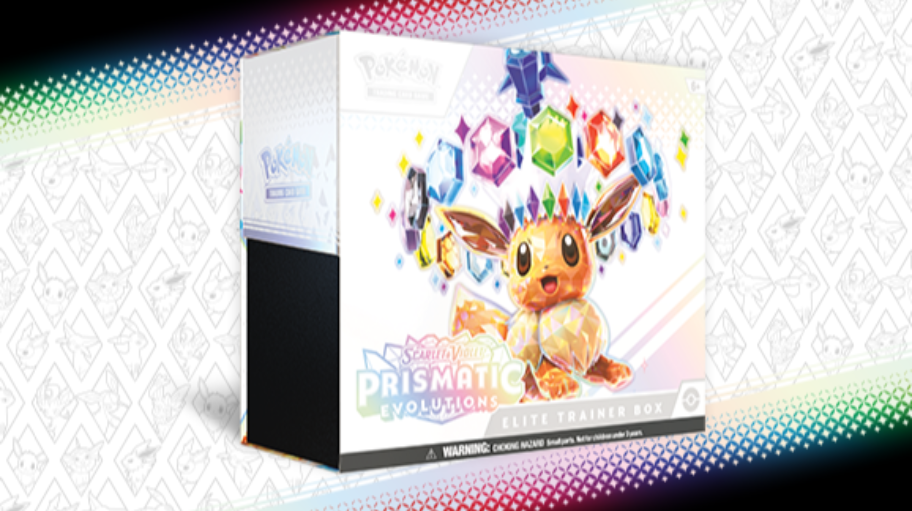If you’ve ventured near a big-box store lately, particularly on a Friday, you’d have likely witnessed a peculiar spectacle: droves of individuals lined up, eagerly awaiting the latest restock of Pokémon trading cards. What began as a whimsical nod to nostalgia has ballooned into an intense frenzy—an echo of the notorious sports card bubble of decades past. Yet, the pertinent question persists: how sustainable is this Pokémon TCG mania before it inevitably bursts?
The scene on restock days can only be described as chaotic. Collectors and scalpers engage in a frantic tug-of-war, rushing to snatch any Pokémon product unveiled. For many scalpers, the Pokémon Card Game is merely a means to an end—they don’t covet the cards for personal enjoyment or collection. Instead, they see an opportunity to turn these cardboard treasures into cash gold, stashing away boxes, tins, and packs under the presumption their stockpiles will witness a price ascension. The consequence of such speculative behavior is disproportionately felt by genuine enthusiasts, especially younger fans and casual collectors, who find themselves edged out by the insane cost inflation and empty shelves. Where do these hoarded treasures reappear? Online, at pocket-burning prices.
In hopes of quenching the fiery demand, The Pokémon Company has ramped up the production lines, churning out cards at a pace faster than you can say “Pikachu!” The once elusive sets like “Evolving Skies” and “Crown Zenith” have become as abundant as Pidgeys in the original Game Boy games. Not to mention the “Van Gogh Pikachu” promotional card, which has turned ubiquity into its unintended claim to fame. With nearly 40,000 of these graded mint-condition cards in circulation, one must question the true rarity of these so-called collector’s items when everyone and their Snorlax seems to have one.
There is an eerie déjà vu about the Pokémon TCG bubble, its trajectory uncannily paralleling the sports card boom and bust from the late ’80s to early ’90s. Back then, the insatiable demand coaxed manufacturers to flood the market with cards perceived as rare. The facade cracked when collectors learned their cherished cards were not treasures, but rather as common as the wrapper they came in. Result? A spectacular market crash, leaving enthusiasts to lament over coffers of valueless paper.
Today, the dominoes are precariously lined up once more for a Pokémon collapse. The feverish speculator-driven purchasing, exaggerated pricing fueled by hype rather than rarity, and the continuously rising PSA (Professional Sports Authenticator) catalogue numbers all serve as ominous harbingers of an impending downturn. But when will it happen? The million-dollar question sans a crystal ball.
The horizon may soon spell trouble for scalpers, who could find their credit card-fueled ventures turning into financial quicksand as values level off or erode. With a potentially oversaturated market and collectors waking up to the reality of mass production, a retreat is on the cards—pun intended—causing a downward pressure on prices.
Seasoned collectors reflect with a prudent eye, advocating for foresight and calm. If the past is any prologue—and it’s been known to replay itself in the world of collectibles—the Pokémon TCG’s soaring trajectory could just as quickly arc into a swift descent. The legacy left would serve as an invaluable lesson in moderation and underscore a perennial truth: authentic rarity, rather than a façade of scarcity propped up by temporary hype, is what ensures enduring value.
As the market for these beloved Pokémon cards teeters on the brink of oversaturation, those inside it—and those tempted to enter—might do well to remember the lessons of history. For, in the whimsical and unpredictable world of collectible cards, the tides of fortune can shift with as much agility as a Beedrill dodging an attack. And, should this fervent bubble burst, the collective sigh of disappointed collectors will likely rival the Roar of Time itself.

